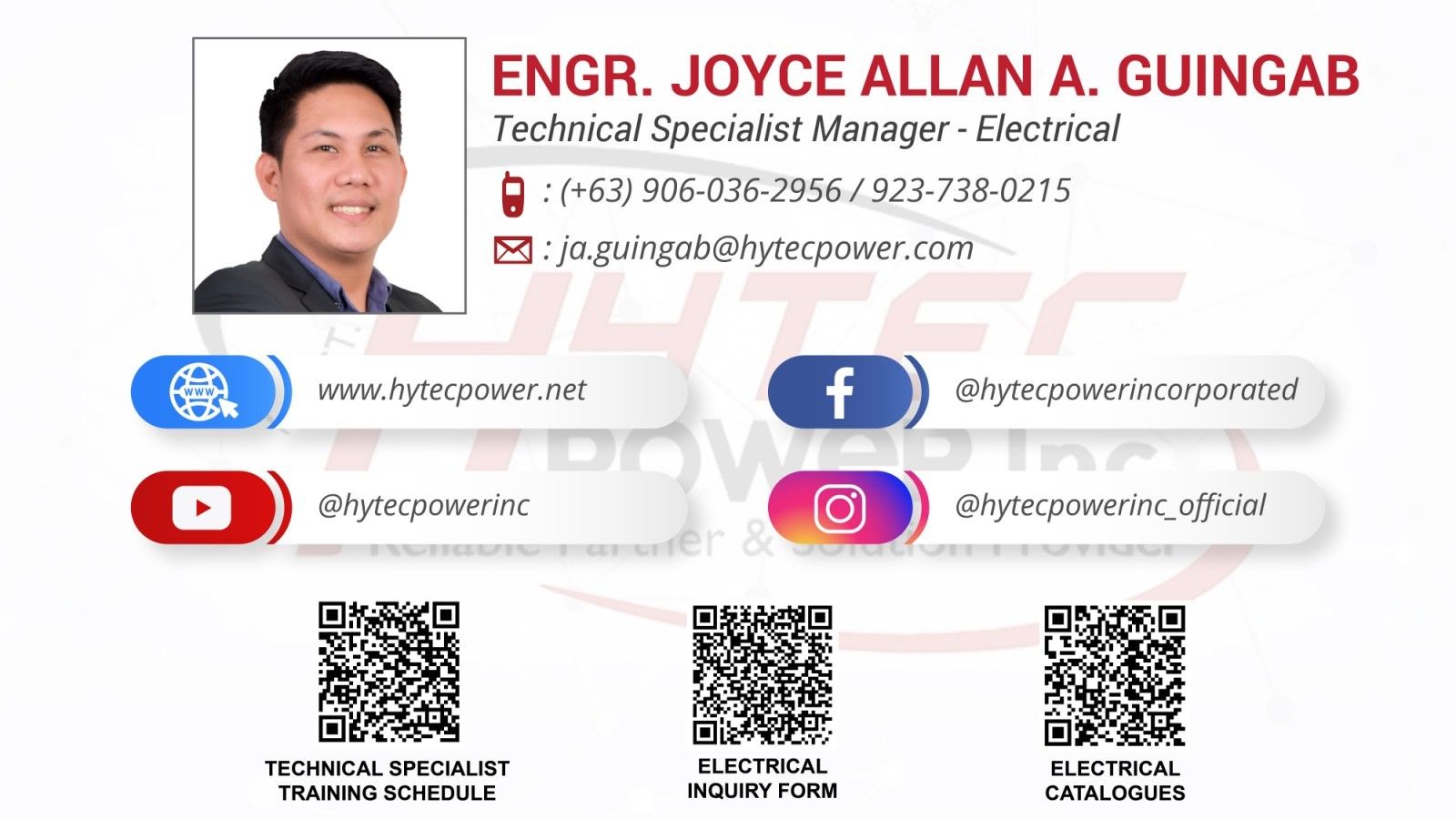The content of this article was extracted from the website and catalogs owned by Principal, FesTech to show their product and other services. Hytec Power Inc. is the Distributor of Principal product in the Philippines.

An Inverter Drive (VFD) works by taking AC mains (single or three phase) and first rectifying it into DC, the DC is usually smoothed with Capacitors and often a DC choke before it is connected to a network of Power Transistors to turn it into three phases for the motor.
The network of Power Transistors of a small Inverter drive is actually one ‘Intelligent Power Module’ (known as an IPM) and includes its own protection and basic control circuits. The IPM inverts the DC into AC – hence the term ‘Inverter’.
The control method is known as ‘PWM’ for ‘Pulse Width Modulation’. This means the DC is switched on and off very quickly (chopped) by the Transistor switches. A sine wave of motor current is made by a series of DC pulses where the first has a very short ‘on’ period, followed by a longer on period, then longer until the widest pulse appears in the center of the positive sine wave, then smaller until the DC is inverted and the same pattern of pulses generate the negative part of the sine wave.
Since the Transistors can be controlled to any time base the other phases are controlled by more Transistors, displaced by the time necessary to equally space the phases at 120 degrees. The frequency of the pulses being turned on is known as the ‘Switching Frequency’.
Switching frequency is usually around 3kHz to 4kHz, so the pulses it makes for 50Hz will be 3000/50 or 60 pulses per full sine wave or each phase. When the fixed Voltage pulses are presented to the inductance of the motor, the result is control of both Voltage (by width of the fixed Voltage pulses) and Frequency (by spreading the progression and regression of the pulse widths over more of the switching frequency base pulses).
To know more about the VFD, HPI in partnership with FESTECH offers training curriculum that teaches learners about the operation, installation, and performance analysis of AC motors. Learners will also gain experience with relevant hands-on skills, such as operating a variable frequency AC drive to provide low speed boost. Other major topics includes starting and control method of 3-phase induction motor and Remote control with PLC.

